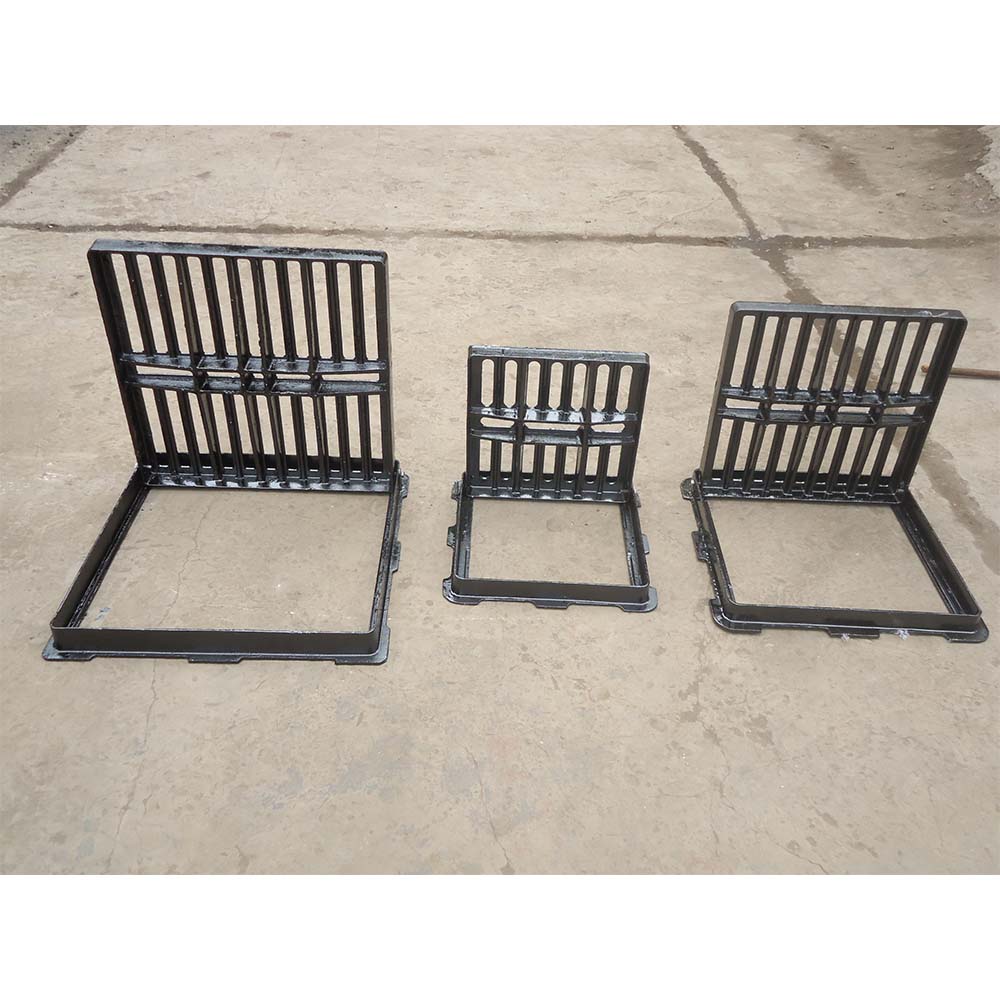Pneumatic Safety Valve for Efficient Pressure Relief and Protection Systems
Understanding Pneumatic Safety Relief Valves Ensuring System Safety and Efficiency
Pneumatic systems play a vital role in various industrial applications, powering machinery and providing automation solutions. However, the high-pressure nature of pneumatic systems can pose significant risks if not properly managed. One essential component in maintaining safety and efficiency in these systems is the pneumatic safety relief valve. In this article, we will explore the importance of these valves, their operational principles, and their applications.
What is a Pneumatic Safety Relief Valve?
A pneumatic safety relief valve is a crucial device designed to protect pneumatic systems from overpressure conditions. When the pressure within a system exceeds a predetermined limit, the relief valve opens to release excess air or gas, thus preventing potential equipment failure or catastrophic incidents. These valves are engineered to automatically respond to pressure changes, ensuring that the system operates within safe parameters.
How Does It Work?
The operational principle of a pneumatic safety relief valve is relatively straightforward. It typically consists of a spring-loaded mechanism that holds a disc or diaphragm in place. Under normal conditions, the compressive force of the spring keeps the valve closed. However, when the pressure within the system reaches the valve's setpoint, it overcomes the spring's resistance, causing the valve to open. This release of pressure occurs quickly, allowing for a rapid reduction in system pressure.
Once the system pressure returns to a safe level, the spring force re-closes the valve, maintaining system integrity. This automatic response is critical in preventing pressure-related incidents, which can lead to equipment damage, safety hazards, and costly downtimes.
Importance of Safety Relief Valves
The significance of pneumatic safety relief valves cannot be overstated. They serve several key purposes
1. Prevention of Equipment Damage Excessive pressure can lead to mechanical failures, ruptures, and leaks in pneumatic components. Safety relief valves mitigate this risk by ensuring that pressure levels remain within safe operating ranges.
pneumatic safety relief valve

2. Protection of Personnel Inadequate pressure management can pose severe safety risks to workers. A pressure explosion or failure can have catastrophic consequences. Safety relief valves help safeguard personnel, reducing the likelihood of accidents in the workplace.
3. Regulatory Compliance Many industries are subject to stringent regulations regarding pressure systems. Installing safety relief valves is often a legal requirement to comply with safety standards, ensuring that businesses operate within the law.
4. Operational Efficiency By maintaining optimal pressure levels, safety relief valves enhance system performance. They help avoid pressure fluctuations that might disrupt operations, leading to improved productivity and reduced maintenance costs.
Applications of Pneumatic Safety Relief Valves
Pneumatic safety relief valves are widely used across various industries, including
- Manufacturing In factories where compressed air is used for powering tools and machinery, safety relief valves safeguard pneumatic circuits against overpressure. - Chemical Processing These valves ensure that reactors and other pressurized equipment maintain safe conditions, preventing uncontrolled reactions that could result in hazardous situations.
- Food and Beverage Industry In processes that involve gases or compressed air for packaging or transport, safety relief valves help maintain sterility and prevent contamination.
- Oil and Gas Pneumatic systems in these industries often operate at extremely high pressures. Safety relief valves are essential for preventing blowouts and maintaining safe operations.
Conclusion
In conclusion, pneumatic safety relief valves are critical components in the realm of pneumatic systems. They play a vital role in maintaining safety, protecting equipment, ensuring compliance, and enhancing operational efficiency. Understanding their function and importance allows industry professionals to implement effective safety measures, fostering a safe working environment and reliable system performance. As technology advances, the design and capabilities of these valves will continue to evolve, further enhancing their role in modern industrial applications.
-
The Smarter Choice for Pedestrian AreasNewsJun.30,2025
-
The Gold Standard in Round Drain CoversNewsJun.30,2025
-
The Gold Standard in Manhole Cover SystemsNewsJun.30,2025
-
Superior Drainage Solutions with Premium Gully GratesNewsJun.30,2025
-
Superior Drainage Solutions for Global InfrastructureNewsJun.30,2025
-
Square Manhole Solutions for Modern InfrastructureNewsJun.30,2025
-
Premium Manhole Covers for Modern InfrastructureNewsJun.30,2025
